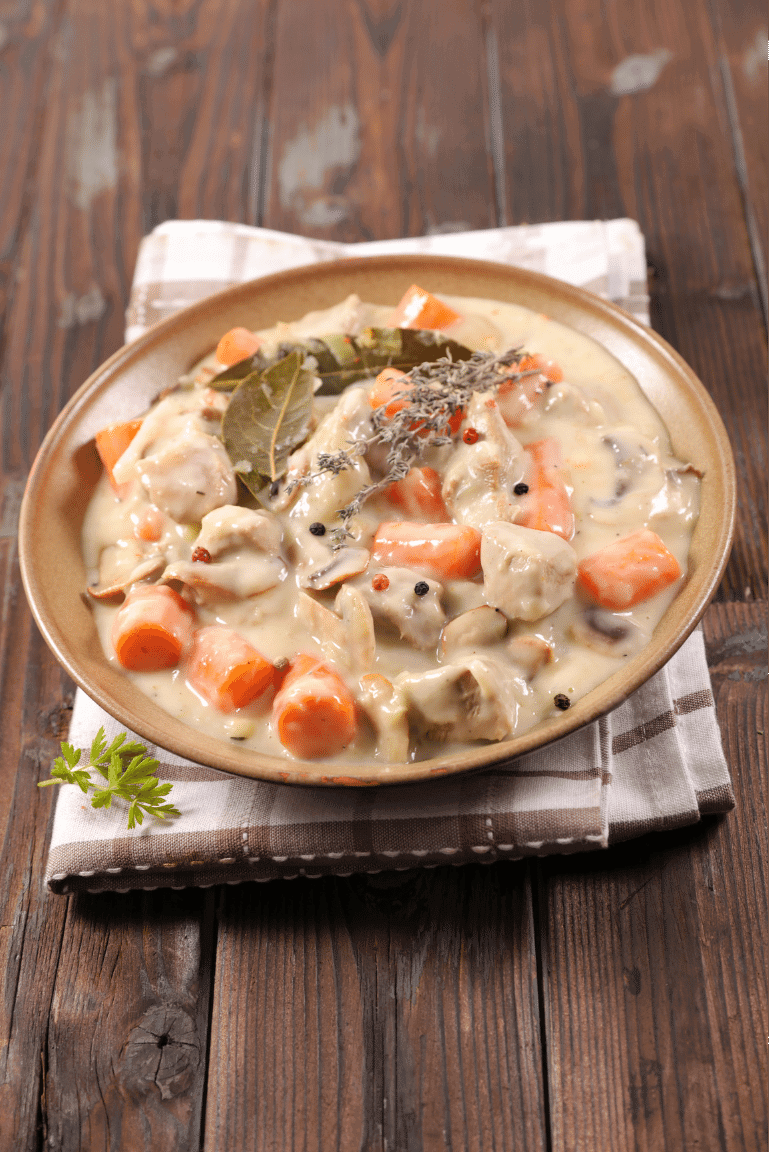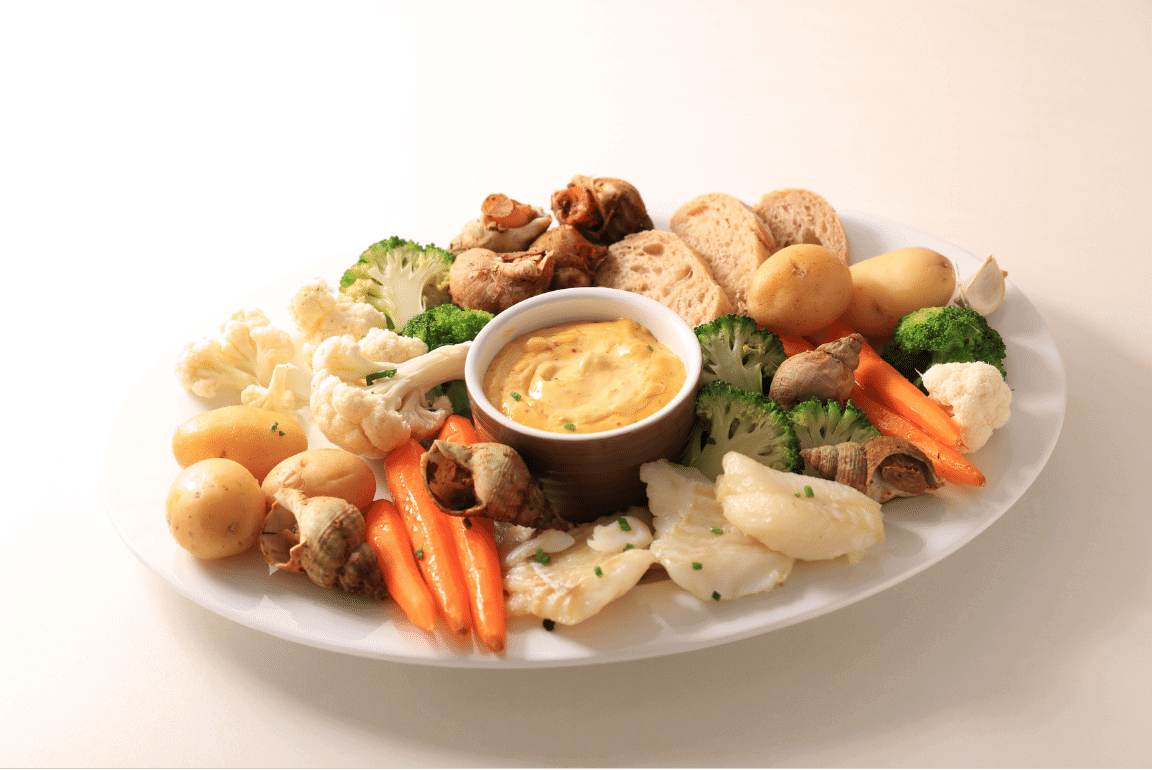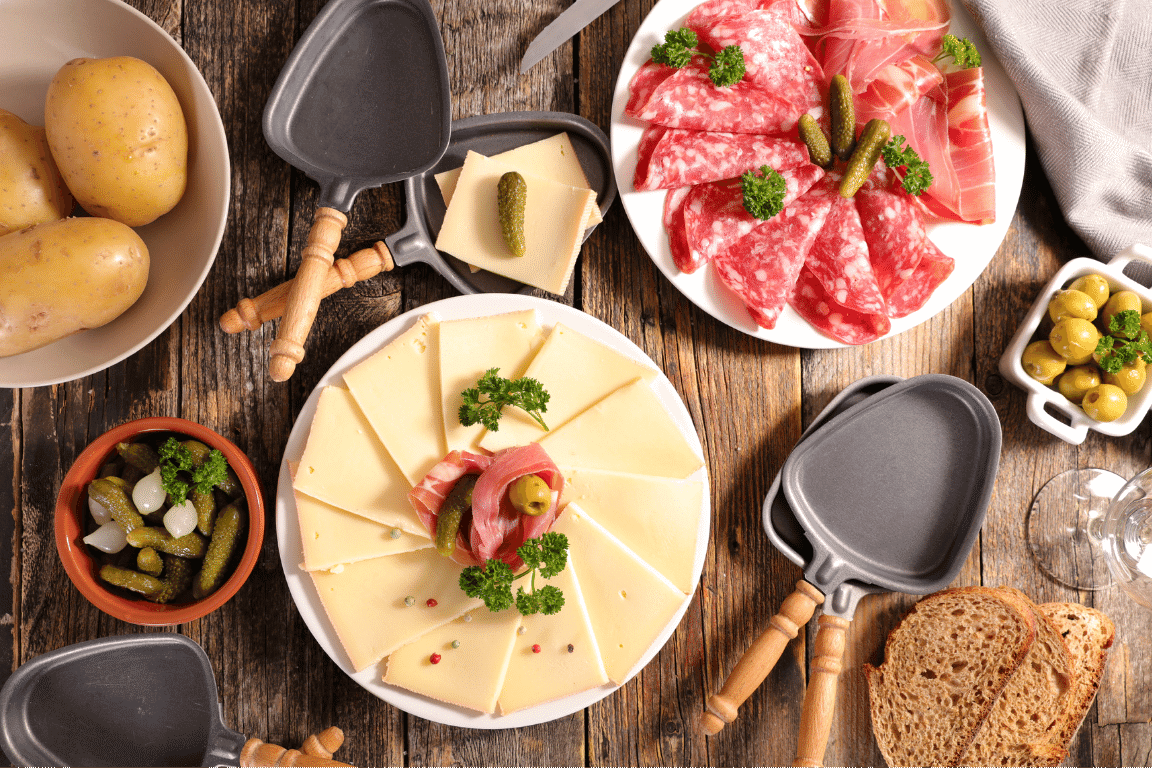 Actualités
Actualités 
8 must-try French dishes
French culinary culture is rich and varied, with a wide variety of regional dishes and products. French cuisine is renowned the world over for its refinement, diversity and quality.
First of all, French gastronomy is influenced by the history and culinary traditions of the different regions of France, each with its own regional cuisine. For example, Provençal cuisine is known for its dishes based on olive oil and Provençal herbs, while Breton cuisine is renowned for its butter, fresh seafood and crêpes.
French cuisine is also characterized by the use of fresh, high-quality ingredients and meticulous preparation. Culinary technique is very important in France, and many dishes are prepared using local ingredients, often in season.
Finally, French culinary culture is also marked by long, convivial meals, often enjoyed with family or friends. Meals are often accompanied by wine, which is also an important element of French culinary culture.
Here’s a list of 8 must-try French dishes in France:
- L’entrecôte frites
- La blanquette de veau
- La salade Niçoise
- La ratatouille
- L’aïoli garni
- Le boeuf bourguignon
- Les galettes bretonnes
- La raclette
L’entrecôte frites (entrecôte beef with potatoes):

Entrecôte frites is a typical French dish. The word “entrecôte” was first defined in the dictionary in the 18th century.
The dish can be found in most French restaurants, brasseries, cafés and canteens. Entrecôte is a piece of beef that can be cooked rare or well-done, depending on personal preference. It is served with French fries and Béarnaise sauce.
La blanquette de veau:

Blanquette de veau is a recipe whose origins are unknown. We only know that it was Vincent de La Chapelle who first wrote the recipe for blanquette de veau in his book “Le Cuisinier Moderne” in 1735. Originally, blanquette de veau was a broth made from leftover roast veal with a white sauce. Nowadays, we don’t use leftovers.
La salade Niçoise (Nicoise Salad):

Famous the world over, salade niçoise has been so (badly) copied that it has become synonymous with “n’importe quoi”, a catch-all, an incoherent mishmash.
Originally, in the 16th century, it was a “poor man’s dish”, easy and cheap. Basically, only 3 ingredients were needed to make a “Nice” salad: tomatoes, anchovies and olive oil. In the 19th century, it was expanded to include a variety of seasonal vegetables: white onions (cébettes) or radishes (but never both!), peppers, fresh basil (a must!), broad beans and/or artichokes, black olives (from Nice, of course).
La ratatouille:

Ratatouille is a recipe that originated in the Provence region of southern France.
In 1778, the word “ratatouille” was used to describe a motley stew. The abbreviation “rata” meant, in military slang, a quick and simple mixture of several varieties of vegetables (and even meat, in those days).
Ratatouille can be eaten hot or cold. It’s usually served as a side dish with meat or fish, but can also be served as a main course on its own, accompanied by rice, potatoes or bread.
Ratatouille is a delicious summer recipe that will bring sunshine to your plate!
L’aïoli garni (Garnished aioli):

Aïoli garni is a recipe that originated in the Provence region of southern France.
This dish is usually accompanied by salted cod and boiled vegetables such as carrots, cauliflower and potatoes. Other ingredients can be added, such as snails, hard-boiled eggs and small octopus.
Aïoli garni refers to the sauce used in this dish. It’s a sauce based on garlic and olive oil. Like garlic mayonnaise. In Provence, aioli is often served on Fridays.
Le boeuf bourguignon (beef bourguignon):

Boeuf bourguignon is a traditional French dish from the Burgundy region of eastern France. Its origins date back to the Middle Ages, when local farmers used cheap cuts of beef and seasonal vegetables to create simple, nourishing dishes. Boeuf bourguignon as we know it today emerged in the 1900s, when Burgundian cuisine began to gain in popularity. The dish became particularly popular in the 1950s and 1960s, thanks to the fame of chef Auguste Escoffier, who included boeuf bourguignon in his famous cookbook, “Le Guide Culinaire”.
La galette bretonne:

These delicious galettes are not to be confused with crêpes ???? Galettes are always salted and made with buckwheat flour.
Galettes have been eaten in Brittany since the 13th century.
But do you know who introduced them to Brittany?
It was the Crusaders who brought buckwheat back from Asia. The Crusaders went to the Middle East in Asia to fight the Muslims in the 12th century.
As buckwheat grows very well in Brittany, it has become the favorite plant of the Bretons.
La raclette:

It’s winter and cold. Maybe you’ve spent your day snowshoeing or skiing. This fun-filled day has made you very hungry, and in France in winter after a good day’s skiing, we eat a raclette.
Family and friends get together to enjoy a delicious raclette. To really enjoy your raclette, you need to melt the raclette cheese in a dish using a raclette machine.






Commentaires
Vous devez être connecté pour laisser un commentaire. Connectez-vous.